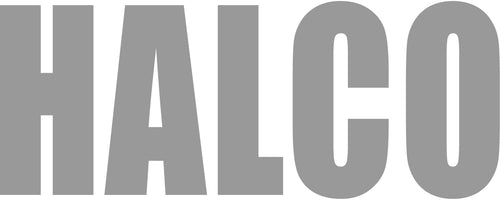Does Hook and Loop Work on Curved Surfaces?

Hook and loop is widely used because it offers a simple and reusable fastening method. When the surface is curved or uneven, however, achieving a reliable bond becomes more challenging. The shape and texture of the surface can affect how well the adhesive backing makes contact, which in turn affects long-term performance.
How Curved and Uneven Surfaces Affect Adhesion
Hook and loop performs best when both sides of the tape sit flat against the surface. Curved surfaces naturally reduce the contact area, creating small gaps where the adhesive cannot fully grip. These gaps can lead to early lifting, especially on tight curves or domed shapes where the adhesive is forced to bend.
Uneven surfaces create similar problems. Textures, mould lines, grain patterns, or soft materials prevent the adhesive from achieving a consistent bond. If the adhesive only touches the raised areas, the overall strength drops. Over time, this can cause peeling even when the hook and loop itself is still in good condition.
Selecting the Right Adhesive
Choosing the correct adhesive is essential for challenging surfaces. Rubber adhesives offer strong initial tack and work well on smooth indoor surfaces, but they are less suited to curves or textures. Acrylic adhesives are more reliable on uneven or lightly textured surfaces because they flow and conform better during application and curing.
When dealing with difficult materials like low surface energy plastics, powder coated metals, or vinyls, high-performance acrylic adhesives are often the best option. These adhesives are engineered to improve contact and maintain strength even when the surface profile is inconsistent. HALCO’s in-house production team can add the correct adhesive to your hook and loop to ensure a consistent, strong connection.
Better Performance with High Bond Hook and Loop
High bond acrylic adhesives offer improved conformability, making them a strong choice for curved surfaces. They are commonly used in automotive interiors, medical supports, protective gear, and equipment housings where the adhesive needs to flex without lifting.
Flexible loop materials also help the system follow curves more easily. Certain hook types, such as moulded hooks or high cycle hooks, may also improve engagement depending on the application.
Tips for Achieving Stronger Bonds
- Clean the surface thoroughly to remove dust, oils, or residues.
- Allow adhesive-backed tape to cure fully, usually up to 72 hours.
- Avoid stretching the tape around curves, as this can cause lifting over time.
- Use mechanical reinforcement if the surface is very tight or heavily textured.
- Test the tape on a sample area before committing to full production.
With the right adhesive and material choice, hook and loop can perform reliably on many curved and uneven surfaces. For more information, contact our hook and loop experts today.
-
"Supporting Continuous Production."
Efficient Production
Lean manufacturing methods and extensive stock holding capabilities. You can rely on us.
Compliant & Certified
All products and processes are subjected to rigorous quality checks. You can trust us.
Customisable Products
Looking for a bespoke product to suit your exact requirements? Just ask us.
